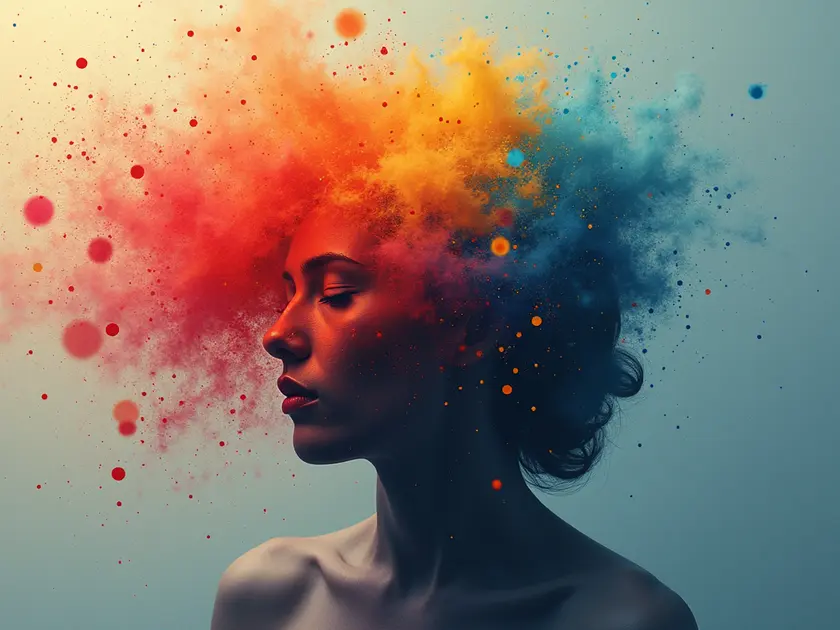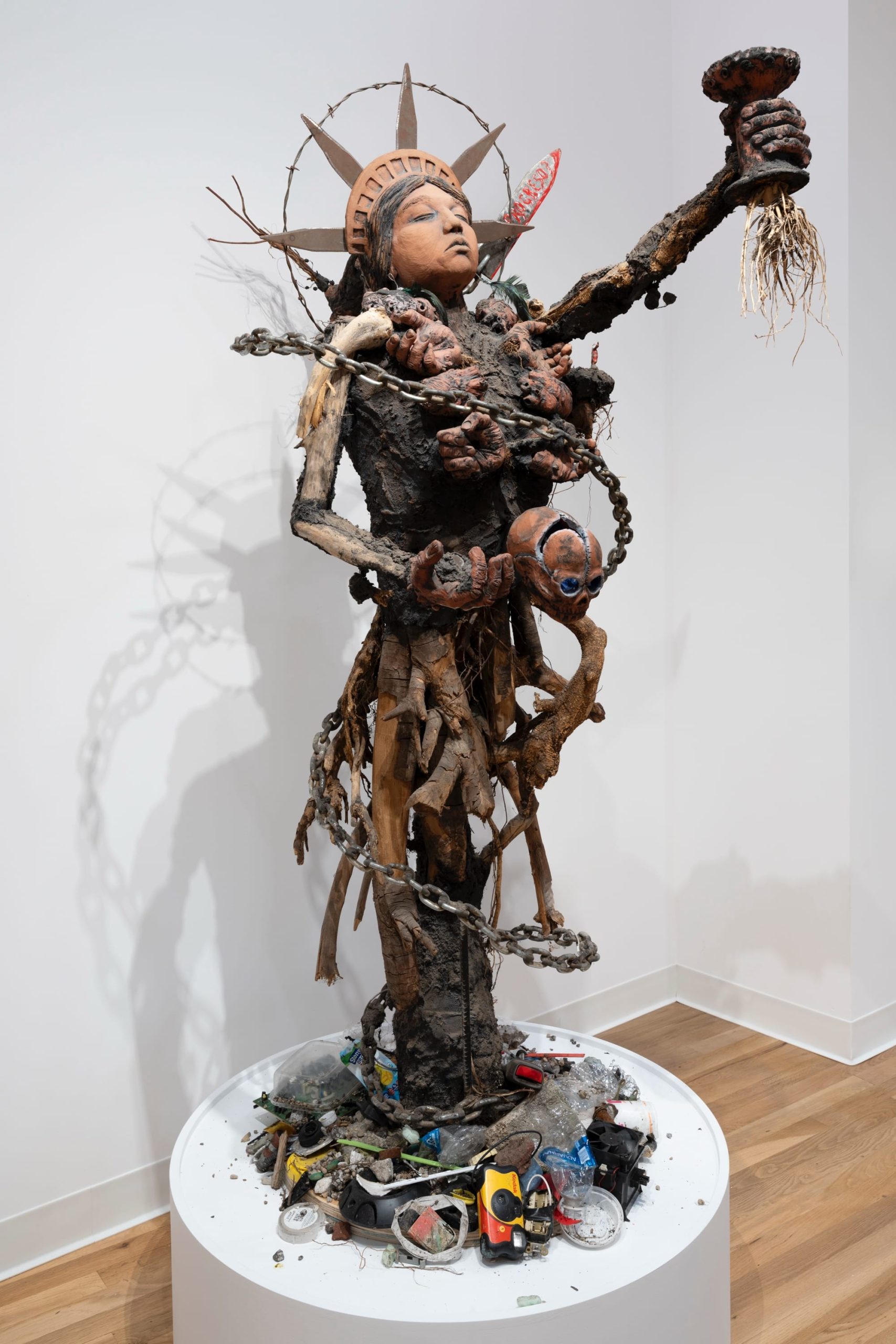Have you ever stopped to think about the psychology behind color choices? The colors we choose to surround ourselves with can have a significant impact on our emotions, behaviors, and perceptions. Understanding the Psychology Behind Color Choices delves into the fascinating realm of how different colors can influence our moods and decision-making processes. From evoking certain emotions to reflecting cultural symbolism, the power of color psychology is a versatile tool that can be harnessed in various aspects of our lives.
The Influence of Color on Emotions
Color has a significant impact on our emotions and can evoke various feelings and reactions.
Understanding Color Psychology
- Colors can be categorized into warm (such as red, orange, yellow) and cool (such as blue, green, purple) tones, each with its own emotional associations.
- Warm colors are often linked to energy, warmth, and positivity, while cool colors are associated with calmness, tranquility, and stability.
Common Emotional Associations
- Red: Often associated with passion, energy, and excitement, but can also signify danger or anger.
- Blue: Known for promoting feelings of calmness, trust, and security, but can also evoke feelings of sadness or aloofness.
- Yellow: Represents happiness, optimism, and warmth, but excessive yellow can lead to feelings of anxiety or irrationality.
- Green: Symbolizes nature, growth, and harmony, while also being linked to feelings of envy or inexperience.
Impact of Color in Different Settings
- Colors used in branding and marketing can influence consumer perceptions and purchasing decisions.
- The choice of colors in interior design can affect mood, productivity, and overall well-being in residential and commercial spaces.
In conclusion, understanding the influence of color on emotions can help individuals make informed choices in various aspects of life, from personal preferences to professional environments.
Cultural Perspectives on Color Symbolism
In different cultures, colors can hold various meanings and symbolisms that are deeply rooted in traditions, beliefs, and history. Understanding these cultural perspectives on color symbolism can provide valuable insights into the significance of colors in different societies.
Color Symbolism in Eastern Cultures
- Red: In many Eastern cultures, red symbolizes good luck, happiness, and prosperity. It is often used in celebrations and festivals.
- White: While white is associated with purity and innocence in Western cultures, it can symbolize death and mourning in some Eastern cultures.
- Yellow: In countries like China and Japan, yellow represents royalty and power.
Color Symbolism in Western Cultures
- Blue: In Western societies, blue is often associated with calmness, trust, and stability.
- Green: Symbolizing nature and growth, green is commonly linked to health and prosperity in Western cultures.
- Black: While black is often seen as a color of mourning in the West, it can also symbolize elegance and sophistication.
Color Symbolism in Indigenous Cultures
- Earth Tones: Many indigenous cultures use earthy colors like brown, red, and orange to symbolize connection to the land and nature.
- Animal Colors: Colors inspired by animals hold significance in indigenous cultures, representing characteristics like strength, wisdom, and protection.
- Sacred Colors: Certain colors are considered sacred in indigenous traditions, often used in rituals and ceremonies to convey spiritual meanings.
By exploring the cultural perspectives on color symbolism, we can gain a deeper appreciation for the diverse meanings colors hold across different societies.
Practical Tips for Using Color Psychology
Color psychology can be a powerful tool in various aspects of life, from branding to interior design. Here are some practical tips to effectively use color psychology:
1. Understand the Basics
- Learn about the basic principles of color psychology and how different colors can evoke specific emotions and reactions.
- Understand color associations and cultural meanings to ensure your color choices resonate with your target audience.
2. Consider Your Goals
- Define the goals and objectives of your project or design to determine which colors will best support your message.
- Choose colors that align with the desired emotional response or action you want to evoke in your audience.
3. Use Color Combinations Wisely
- Experiment with color combinations to create visual interest and harmony in your designs.
- Consider using color schemes such as complementary, analogous, or triadic to achieve the desired effect.
4. Test and Iterate
- Conduct A/B testing or gather feedback to evaluate the effectiveness of your color choices.
- Be open to making adjustments based on the response and perception of your audience.
5. Stay Consistent
- Maintain consistency in your use of colors across different touchpoints to reinforce brand identity and recognition.
- Establish a color palette or style guide to ensure cohesion in all visual elements.
By following these practical tips, you can harness the power of color psychology to create impactful designs and experiences that resonate with your audience.






